In our childhood, we use to help my mom making Aloo Papad as you need one person to make them and the other person to spread it out in the sun. Nowadays, no one makes them and they are also not available in market that easily so it makes perfect sense to make them at home and they are real easy to make if you make in small quantities.
| Cooking time: | 30 minutes |
| Servings: | 20 papad |
| Difficulty: | Medium |
Ingredients
| Potatoes | 1 Kg |
| Salt | 1.5 tsp |
| Red chilli powder (lal mirch) | 1 tsp |
| Vegetable oil | 2 tbsp |
Method
- Choose the potatoes, which are starchy. Meaning, when you boil them and mash them, they should be sticky. This is extremely important because otherwise the papads will not hold together.
- Boil potatoes till they are soft. In pressure cooker, it takes about 7 minutes on low heat after the first whistle.
- Peel and grate potatoes finely. In the picture below I grated them coarsely but then the papads were not that thin. So make sure to mash or grate potatoes very fine. There should be no lumps.
- Add salt and chilli powder and mix properly.
- Spread a big clean sheet of plastic in the sun. Hold the corners using some heavy objects. This is where we will leave the papads for drying.
- Prepare two pieces of heavy plastic for rolling the papads. I used a ziplock bag by cutting it on all sides. Oil them.
- Oil your hands. Make a small walnut size ball of potato mixture. Put it between the oiled sides of the ziplock sheets.
- Gently spread the ball using your fingers like roti. Make it as thin as possible.
- Gently remove the top ziplock sheet and flip it on the big plastic sheet in the sun. Gently pat on the back of the ziplock so that papad gets stuck on the big sheet. Now slowly remove the other ziplock sheet also.
- Repeat with rest of the potato mixture. Oil as required.
- Leave the papads out in sun for 5-6 hours. On a hot summer day, papads should be dry in 5-6 hours.
- Gently separate the papads from the sheet and stack in a box. Aloo Papad are ready.
- To prepare aloo papad for eating, heat it in microwave for about 1-2 minutes depending on your microwave. Wait for a couple of minutes for it to become crisp. You can even brush the papads with oil before microwaving, which is a midway between roasting and frying. Alternatively you can also fry them.
Notes
- Remove the papads from the sheet while they are still a little moist. Stack them on a paper towel and place under some light weight so that they don’t curl up. It’s easy to store them that way. Just make sure that they are not too moist otherwise they will stick to each other and break.
- Traditionally no other spices are added to papads but you can experiment with any dry herbs of your choice.
Summary
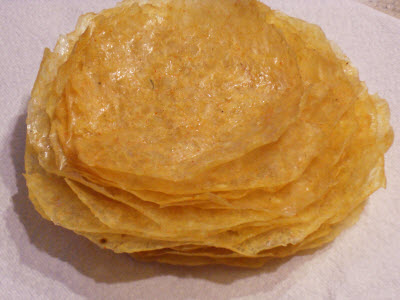
Recipe Name
Aloo Papad
Author Name
Ruchi Garg
Published On
Total Time
Average Rating




 Based on 2 Review(s)
Based on 2 Review(s)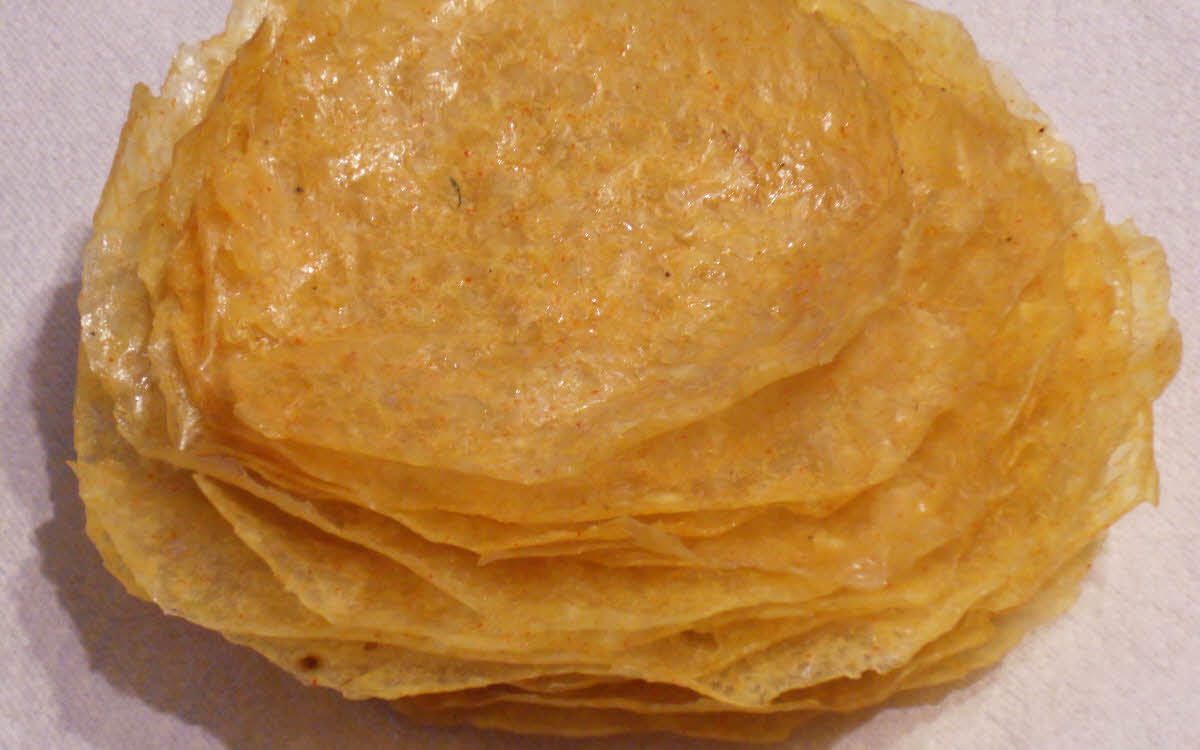
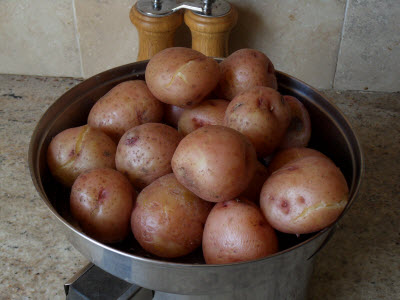
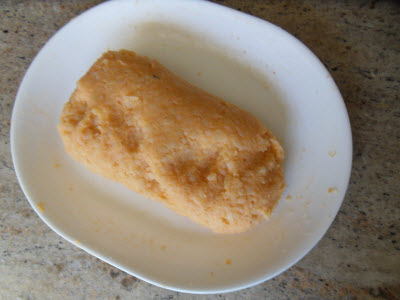
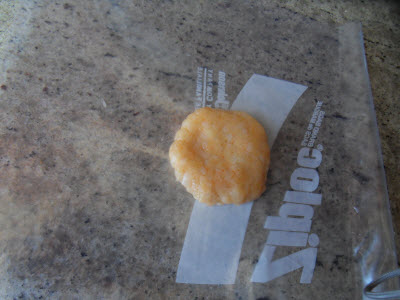
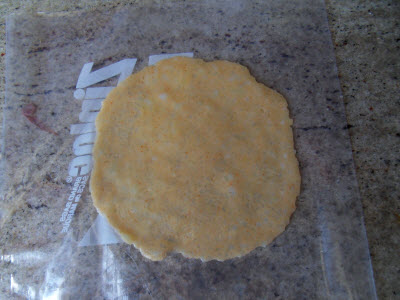
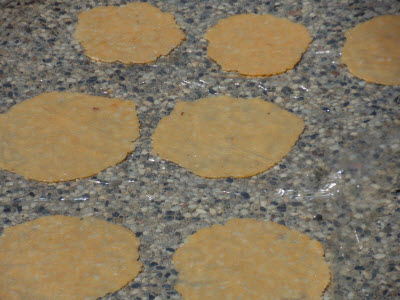
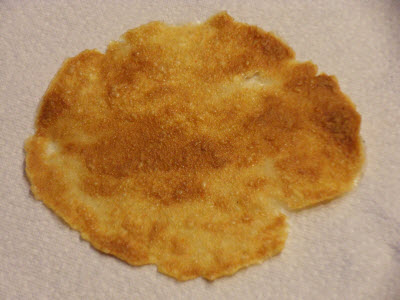
nice post..more pictures will make it even better 🙂
I think 200 degrees should be okay. You will have to try it out to see how long it takes to dry. Drying in oven will need some extra care so that papads don’t stick to the baking tray or foil. I would suggest using greased foil. Oil will prevent papad from sticking and even if they stick a little, foil is easier to remove than the baking tray unless you have silicone baking trays. Papad without the seasonings should be okay too. Let me know how it went.
I don’t mind using the oven because I have a very big oven and also a toaster oven, plus no one is my home uses them frequently so it’s always available to use. v.v; I would like to ask should I try 150’F ~ 200’F for 4 to 6 hours? Or should I do it for 4 to 6 hours on each side? I also want to make these papad without seasoning so I can make half for eating like a snack and grinder the other half to use as potato flour (which is just cooked dried potatoes grounded into a flour like form.) Do you think not using seasoning will be okay? Just some salt? It will probably taste like potato chips~! XD But that’s not a bad thing. 🙂 Please let me know, thank you and take care, bye~! 😀
The problem is the rainy season. You can’t make Aloo Papad in the rainy season. It will grow mold because of the humidity. The best season to make this is summers. I think your idea of drying it in the oven is very creative and it may work but you will have to dry it on a very low heat so that potatoes don’t get cooked. Although, I think it will be cumbersome to dry these in oven, few papads at a time unless you have a huge oven with lots of shelves. I would suggest to wait for summers. Sorry.
Hi, have a problem when making this recipe. I do every correctly, but when I leave the potato to dry it gets blackish brown mold spots on it. What should I do to prevent this? Should I make the papad thinner or what can be done? Also can I dry this in the oven? Due to the rainy season lasting a few months I don’t think it’ll dry well in the sun and may just spoil before it ever dries out completely. v.v; Please let me know, thank you, bye. 🙂
There could be several reasons. May be you are cooking it for too long and that’s why everything comes out mushy and boiled. You have to be careful with gobhi because after certain duration, it simply becomes mushy. Keep checking for potatoes and stop cooking when potatoes are done. Also cut potatoes in smaller pieces so that they soften quickly. On the same note, cut cauliflower in big pieces so they take longer to cook than potatoes.
Another thing you can try is to fry aloo and gobhi before making the vegetable. I think this is what restaurants do. If you don’t want to deep fry, heat a few tbsp of oil and then stir fry aloo and gobhi on high heat for a few minutes. Once they start to brown, then add spices and lower the heat and cook them covered. This will definitely improve the taste.
When I cook Aloo Gobi, it doesn’t look or taste as good as the ones I had in restaurants. I think the restaurant uses a lot of oil (as can be seen in the plate), however even if I put a lot of oil it still doesn’t have that tasty, oily texture. It looks somewhat like boiled, even though I didn’t put much water. Where’s the problem?